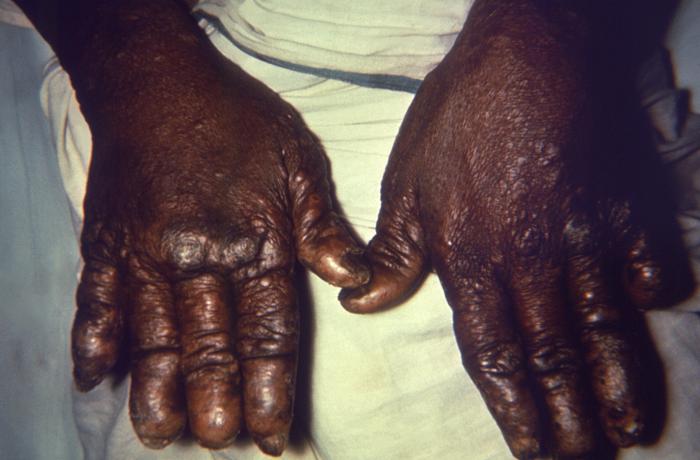New data from the Brazil Ministry of Health today revealed (computer translated) a 34.1% reduction in the number of new diagnosed cases in the country–from 43,652 in 2006 to 28,761 in 2015.

In addition, a reduction of 39.7% from the country’s general detection rate, from 23.37 per 100,000 inhabitants in 2006 to 14.07 per 100,000 inhabitants in 2015.
The decline in Brazil is attributed to focusing on the active search for new cases for diagnosis in the initial phase; timely treatment and cure, as well as the prevention of disabilities and physical deformities, the main cause of the stigma and prejudice associated with the disease.
In children younger than 15 years, the number of new cases diagnosed in 2015 was 2,113, signaling active infection outbreaks and recent transmission. However, the general detection rate in this part of the population has shown a cumulative reduction of 28.2% in the last decade, from 6.22 per 100 thousand inhabitants in 2006, to 4.46 per 100 thousand inhabitants in 2015.
The number of patients under treatment in the country also fell, from 26,300 patients in 2006 to 20,700 in 2015, showing a drop of 21.3%.
“The active search of cases and examination of the contacts provides the reduction in the chain of transmission. Identifying the patient early, it is possible to start treatment, reduce the contamination of healthy people and advance in the process of elimination of the disease, which is a public health problem in Brazil”, explains the General Coordinator of Leprosy and Diseases in Elimination, Carmelite Fileiro Daughter.
Related:
- Brazil yellow fever outbreak: Confirmed cases top 100
- New 2017 Brazilian Outbreak of Deadly Yellow Fever is Cause for Immediate and Sustained International Action!
- Hepatitis in the Americas: Report reveals the enormous scale of this silent epidemic



2 thoughts on “New leprosy cases in Brazil drop 34 percent”